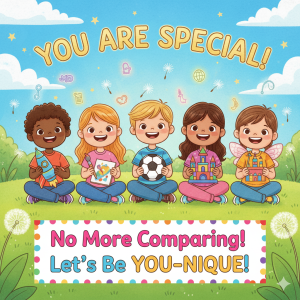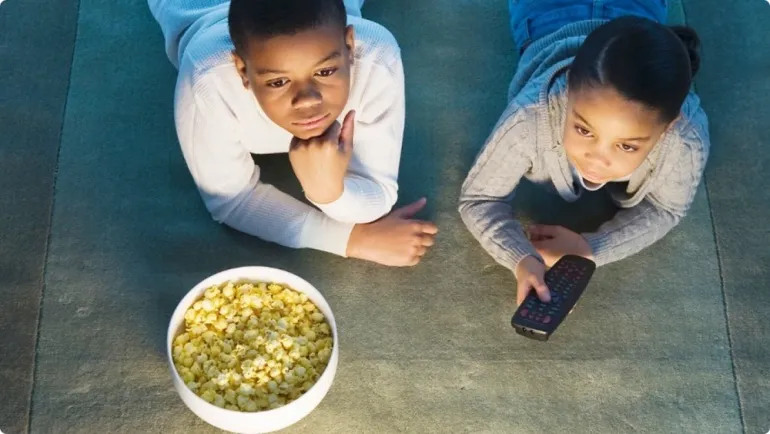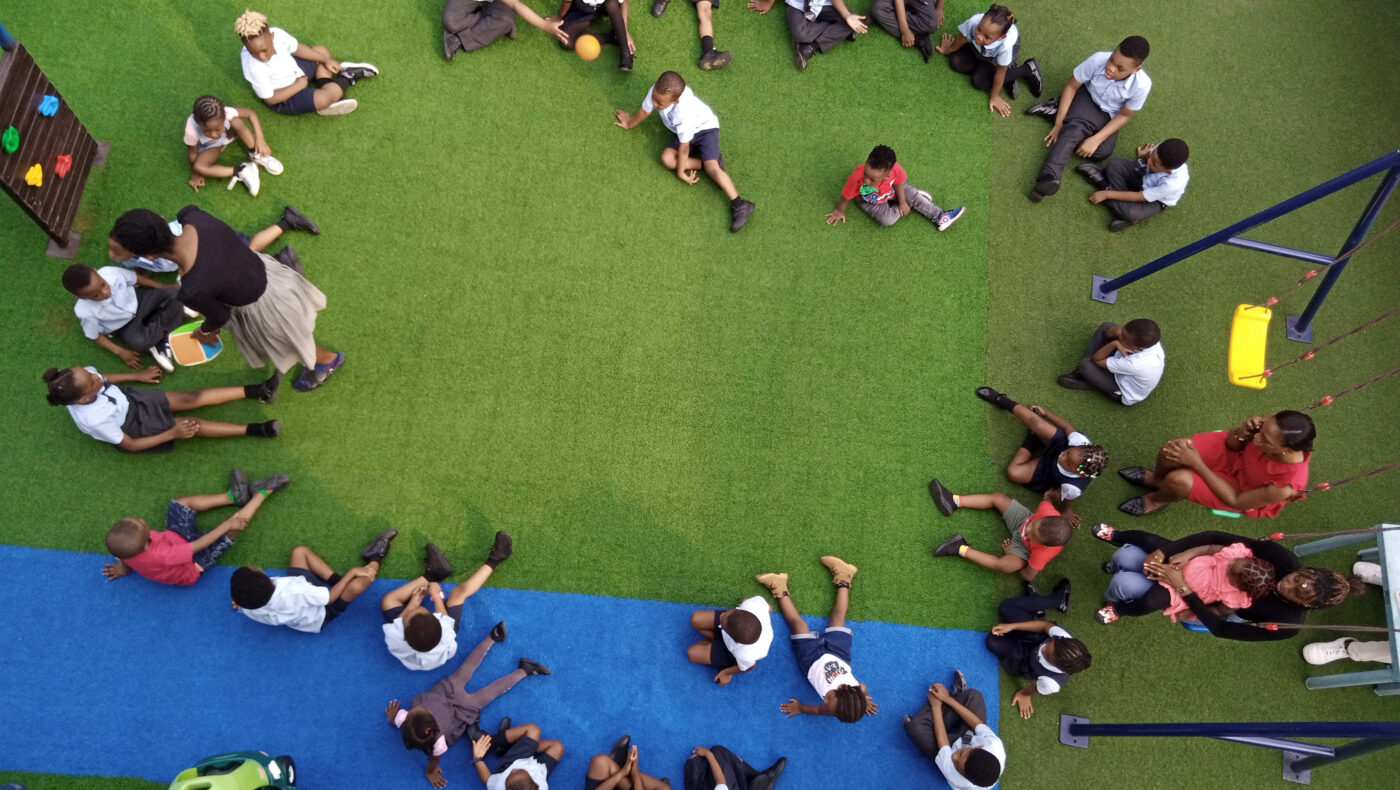How to Build Confidence in Your Child
If you’re a parent, you’ve probably asked yourself at some point:
“How can I help my child be more confident?”
Maybe you’ve seen your little one freeze up during a class presentation, hesitate to try something new, or whisper instead of speaking up. It’s natural to want to step in, encourage them, and even fix it for them.
But here’s something we’ve learned at Belle Meade School over the years:
Confidence isn’t something we give to a child, it’s something we help them build.
And just like any structure, it takes time, patience, and the right support.
1. Watch your words. It can make or break.
Your words shape how a child sees themselves. Encouraging words build confidence, helping them believe “I can do it.” Harsh or dismissive words can create doubt and fear. Speak life, your voice becomes their inner voice.
2. Let Them Try, Even When It’s Messy
Confidence doesn’t come from always getting things right; it comes from trying, failing, and trying again. When we rush to help or correct too quickly, we unintentionally send the message that they can’t do it
on their own.
So next time your child struggles to zip their bag or get dressed, take a step back. Smile and say, “Give it another try — I believe in you.”
That small moment of belief does wonders.
3. Say No to comparison
Comparison makes a child feel they’re not good enough, no matter how hard they try. It shifts their focus from growth to competition, lowering self-worth. Every child learns and shines differently, comparison dims that light instead of helping it grow.
4. Celebrate Effort, Not Just Success
Children light up when we notice their effort. Instead of,
“You got it right!” try saying, “I love how hard you worked on that.” It shifts the focus from being perfect to being persistent. And that’s the real foundation of confidence, knowing that effort counts.
5. Let Them Make Choices
Even small choices, like picking their outfit, choosing a snack, or deciding what book to read, help a child feel capable.When children are trusted to make decisions, they begin to trust themselves. And self-trust is the quiet core of confidence.
6. Model Confidence Yourself
Children watch more than they listen. When they see you face challenges calmly, even when things don’t go perfectly, they learn that confidence doesn’t mean never being afraid. It means moving forward despite the fear. It shows them that even adults feel unsure sometimes, and that’s okay.
7. Remind Them That Mistakes Are Part of Learning
At Belle Meade, we often tell our pupils: “Mistakes are proof you’re trying.”
When children know it’s safe to make mistakes, they stop fearing failure and that’s when true confidence begins to grow.
In conclusion
Confidence doesn’t appear overnight. It grows quietly through encouragement, small wins, and patient love.
So when you see your child hesitate, don’t rush to fix it, just stay close, cheer them on, and let them bloom in their own time.
Because one day, that same child who was shy to speak up will stand tall and proud and you’ll know that
your faith helped build that strength.
Belle Meade School
Where every child shines.











